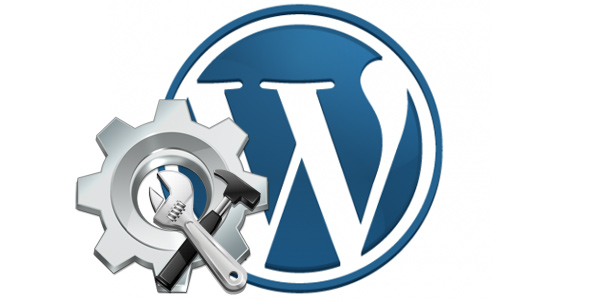A Step by Step Guide to Updating Your WordPress Website

Updating a website is not an easy task: there are loads of moving parts to keep track of, especially if you manage more than one site.
Even if site updates may seem daunting, keep in mind that it’s 100% worse to leave a website alone and not update anything at all.
As a solution, set up a system that works for you.
Tired of never ending website updates?
Pod Creative offers dedicated, managed hosting for $30/month. That means you never have to worry about the next update.
In What Order Should I Run Website Updates?
The order of updates is subjective and differs from developer to developer. We recommend plugins first, themes second and WordPress core files last.
While not every web developer shares the same views, these steps are highly advised when updating your website or those of your clients.
Step 1: Make a Back Up of Your Website
The single most important aspect of managing websites is to run regular backups. To do this, manually access the website’s server to export the SQL database from the phpMyAdmin console, and also export the site files from the File Manager.
Step 2: Test the Update on a Staging Site
Set up a testing/development/staging server and load an exact replica of your
Step 3: Run the Updates on the Live Site
Once you’ve tested the updates and everything is in good working order, head on over to the live site and run the updates. The website will automatically enter maintenance mode. Make sure that you run the updates at a time when there is no traffic moving through the site, as to not upset your site’s visitors.
As a suggestion, if your client’s site has high volumes of traffic, consider:
- Using a plugin to put the site into maintenance mode, and/or
- Advising your client to send a mail/publish a post to social to alert customers of scheduled maintenance that will take place at a designated time.
Step 4: Assess the Website Thoroughly
Once the updates have been performed, check the entire website to make sure that everything is in good working order. A common fault of some web designers is to only check the home page and neglect to inspect the rest of the of the website. Look through all of the pages to make sure that the design have been retained. If the website has any special functionality such as payment gateways, booking capabilities etc., make sure that you test out these elements to ensure that no functionality has been lost.